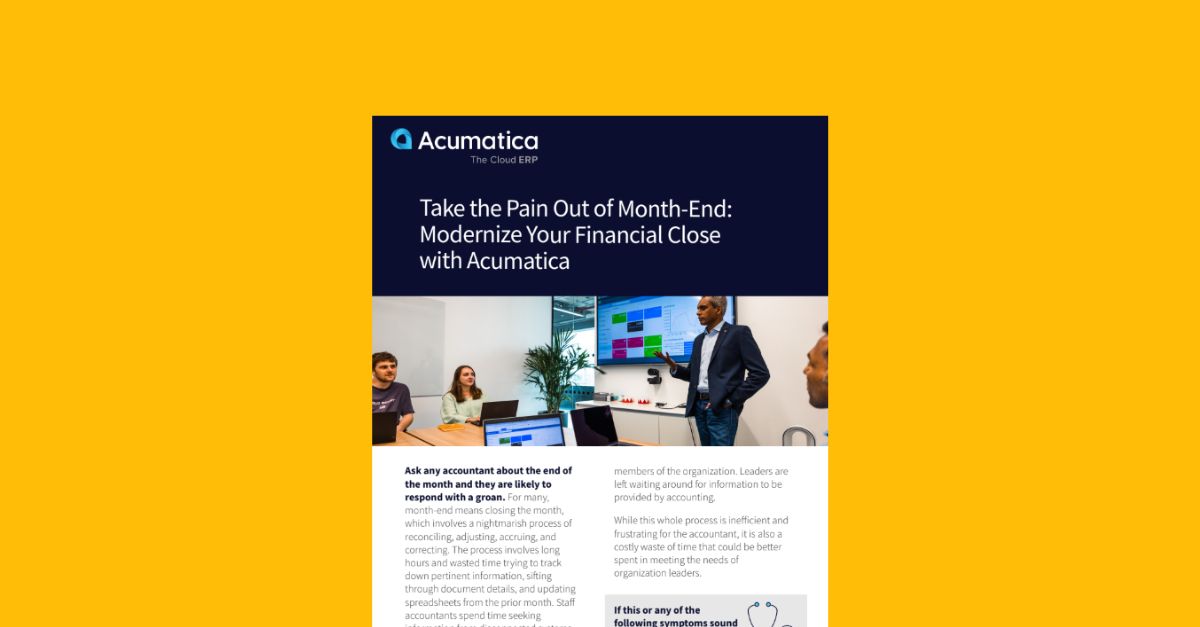Embracing Alternative Sources of Supply for Business Resilience and Growth
In an era marked by global interconnectedness and market volatility, the pursuit of alternative sources of supply has become a strategic imperative for businesses seeking resilience and flexibility in their procurement strategies.

Relying solely on traditional supply channels can explore organizations to a host of risks, ranging from geopolitical uncertainties to unexpected disruptions in the supply chain. The benefits of diversifying sources of supply extend far beyond risk mitigation; they encompass enhanced agility, competitive advantage, and the potential for cost optimization.
Identifying alternative sources of supply can bring several benefits to an organization. Here are some key advantages:
Risk Mitigation: Relying on a single source of supply can expose an organization to various risks, such as supply disruptions, quality issues, or price fluctuations. By identifying alternative sources, organizations can diversify their supply chain and reduce the risk of disruptions caused by factors like natural disasters, political instability, or supplier-specific problems.
Business Continuity: Alternative sources of supply provide a backup plan in case the primary supplier is unable to fulfill orders. If a supplier experiences production delays, capacity constraints, or other issues, having alternative sources allows organizations to maintain continuity in their operations and meet customer demands.
Competitive Advantage: Having multiple sources of supply can enhance an organization’s competitive advantage. It allows for more negotiating power, as the organization can leverage competition among suppliers to obtain favorable pricing, terms, and conditions. It also enables flexibility in responding to market changes, customer preferences, or product innovations.

Supply Chain Optimization: Identifying alternative sources of supply allows organizations to optimize their supply chain by considering factors such as lead times, transportation costs, and overall logistics efficiency. Having multiple options can help reduce delivery times, improve responsiveness, and achieve cost savings by selecting the most efficient sourcing options for different products or regions.
Innovation and Supplier Collaboration: Engaging with alternative suppliers can open doors to new ideas, technologies, and innovations. Different suppliers may bring unique capabilities, expertise, or product offerings that can drive innovation within an organization. Building alternative suppliers encourages collaboration and knowledge sharing, leading to continuous improvement and growth.
Supplier Performance Evaluation: Identifying alternative sources of supply provides an opportunity to assess and compare supplier performance objectively. By having options, organizations can evaluate the quality, reliability, and responsiveness of different suppliers and select those that consistently meet or exceed expectations. This evaluation process helps ensure that suppliers align with the organization’s standards and contribute to its success.

Supply Chain Resilience: Building resilience in the supply chain is critical for withstanding unexpected disruptions. By identifying alternative sources, organizations can enhance their resilience by having redundancy and backup options in place. This resilience allows them to better navigate unforeseen events and maintain operations with minimal impact on customers or business performance.
Supplier Relationship Management: Exploring alternative sources of supply facilitates a proactive approach to supplier relationship management. Engaging with multiple suppliers fosters healthy competition, encouraging all suppliers to continuously improve their performance, product quality, and customer service. It also promotes ongoing communication, collaboration, and relationship building with suppliers, leading to stronger partnerships and mutual benefits.
It’s important for organizations to conduct thorough due diligence and assessment when identifying alternative sources of supply. Factors to consider include supplier capabilities, capacity, financial stability, quality control measures, ethical practices, and alignment with the organization’s requirements and values. Regular monitoring and periodic evaluation of alternative suppliers help ensure their ongoing suitability and readiness to support the organization’s needs.
Partner with RIGSERV and improve your master data management strategies. We have experienced people, documented and proven processes, and modern in-house design technology to help you lift and move your supply chain management to the next level.
Inventory Management Solutions
Asset Management Solutions
Distribution Management Solutions



